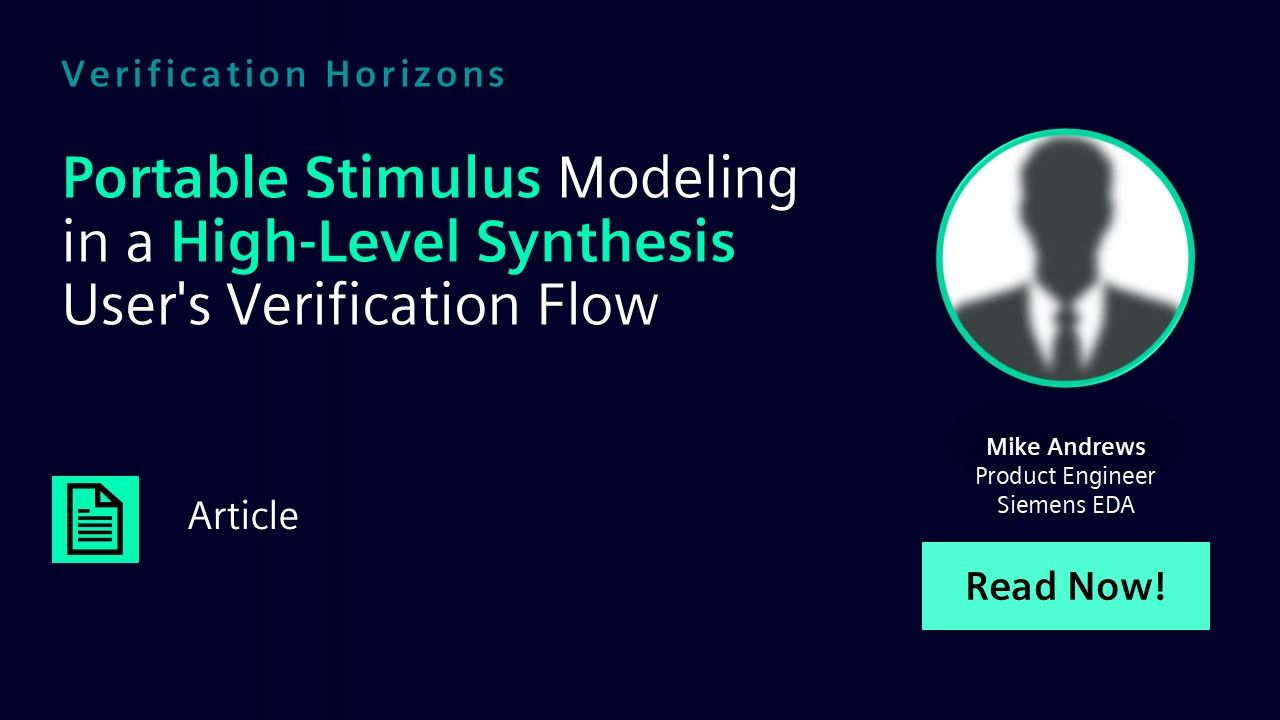Portable Stimulus Modeling in a High-Level Synthesis User's Verification Flow
Portable Stimulus has become quite the buzz-word in the verification community in the last year or two, but like most 'new' concepts it has evolved from some already established tools and methodologies. For example, having a common stimulus model between different levels of design abstraction has been possible for many years with graph-based stimulus automation tools like Questa inFact.

Full-access members only
Register your account to view Portable Stimulus Modeling in a High-Level Synthesis User's Verification Flow
Full-access members gain access to our free tools and training, including our full library of articles, recorded sessions, seminars, papers, learning tracks, in-depth verification cookbooks, and more.